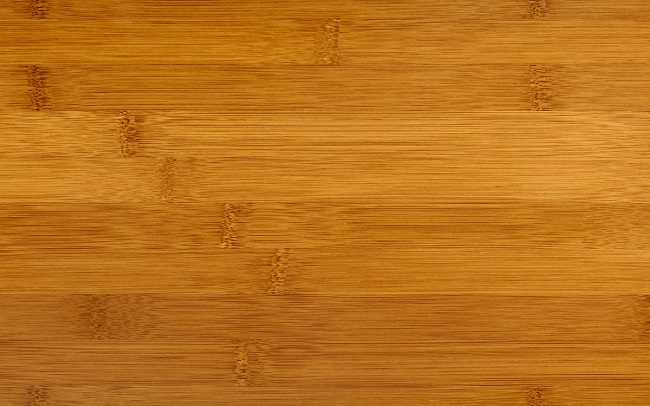The Benefits of Horizontal Bamboo Flooring
Horizontal bamboo flooring has plain texture and people can see the bamboo knots easily on the flooring surface, it is the classical and most popular style welcomed by consumers. Horizontal bamboo flooring is 3 layers strips flat pressed, the structure ensures its stability and each layer with 5mm thickness bamboo can give enough strong support when you walk on it. Horizontal bamboo flooring has carbonized color and natural color, in the market, carbonized color is chosen by 90% of customers because it is warm color which can give you a warm feel when you stay in the house. Natural color is very light, when you want to have your house look more bright, you can take this color. Bamboo flooring has gained popularity in recent years as a sustainable and stylish alternative to traditional hardwood floors. Among the various types of bamboo flooring, horizontal Bamboo flooring stands out for its unique characteristics and advantages. Here, we'll explore the Benefits of Horizontal Bamboo Flooring and why it might be the right choice for your next flooring project.
Aesthetic Appeal: Horizontal bamboo flooring is known for its distinctive grain pattern, created by the flat, horizontal layers of bamboo strips used in its construction. This pattern gives the flooring a warm, natural look that can complement a variety of interior styles, from modern to rustic.
Durability: Bamboo is a highly durable material, making horizontal bamboo flooring a long-lasting option for your home. When properly maintained, it can withstand daily wear and tear, making it suitable for high-traffic areas.
Sustainability: Bamboo is a fast-growing grass that can be harvested without harming the plant, making it an eco-friendly choice for flooring. Horizontal bamboo flooring is made from bamboo strips that are flattened and laminated together, creating a strong and stable material that is also sustainable.
Ease of Installation: Horizontal bamboo flooring is available in both solid and engineered formats, making it easy to install in a variety of settings. Solid horizontal bamboo flooring is typically installed using a nail-down method, while engineered bamboo flooring can be installed as a floating floor, making it a great option for DIY enthusiasts.
Moisture Resistance: Bamboo flooring is more resistant to moisture than traditional hardwood floors, thanks to its natural properties. However, it is important to note that bamboo flooring is not waterproof and can still be damaged by standing water.
Variety of Finishes: Horizontal bamboo flooring is available in a variety of finishes, ranging from natural to carbonized. Natural bamboo has a light, neutral tone, while carbonized bamboo has a darker, richer color. This variety allows you to choose a finish that complements your existing decor.
Cost-Effective: Horizontal bamboo flooring is often more affordable than traditional hardwood flooring, making it a cost-effective option for homeowners looking to upgrade their floors without breaking the bank.
In conclusion, horizontal bamboo flooring offers a unique combination of aesthetic appeal, durability, sustainability, and cost-effectiveness. Whether you're renovating your home or building a new one, horizontal bamboo flooring is a stylish and practical choice that is sure to enhance any space.



 皖公网安备 34180202000049号
皖公网安备 34180202000049号